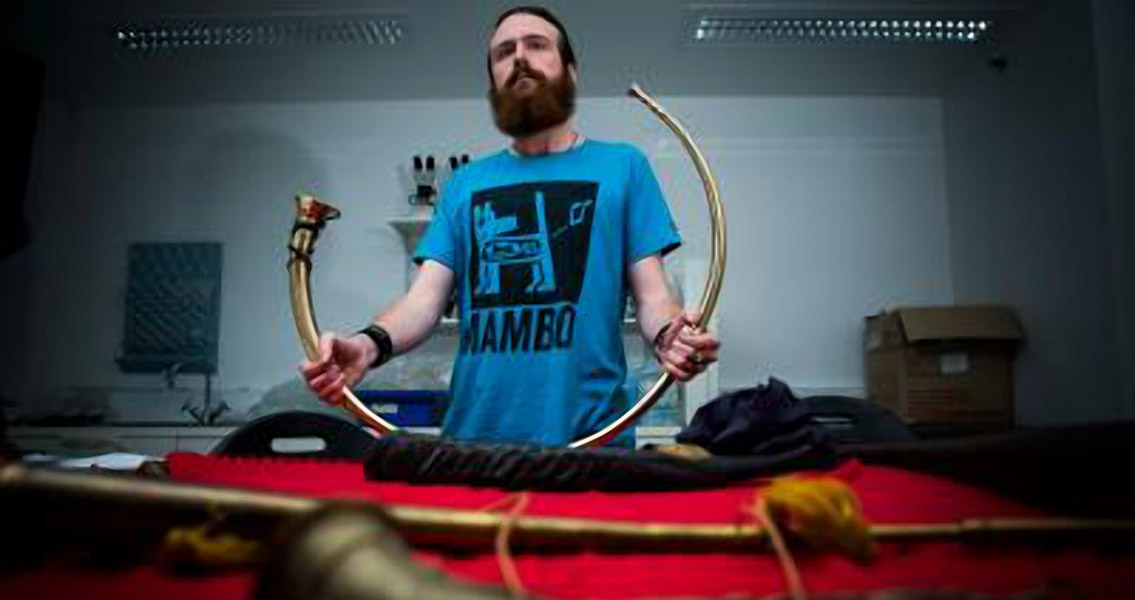<![CDATA[The sounds of Iron Age musical traditions from Ireland of all places have been discovered to be alive and well in southern India, especially when it comes to the traditions surrounding musical horns. According to Billy Ó Foghlú, a PhD student from the Australian National University (ANU) College of Asia-Pacific, modern Indian horns have an uncanny resemblance – an almost identical one in fact – with a large number of Iron Age artifacts from Europe. This forges a rare and extraordinary link between these two cultures and regions separated not just geographically but by two millennia. According to an ANU press release, Ó Foghlú said he was legitimately “astonished” to discover what he thought to be soundscapes that were permanently lost to time not just present in the Kerala region of southwest India but apparently thriving – especially, in his own words, since “archaeology is usually silent.” The PhD student says that south India’s musical traditions, especially with horn instruments such as the kompu, can and do provide high levels of insight into prehistoric Europe and its varied musical cultures. Additionally, with Indian horns typically not laid down as offerings but instead recycled, European musical artifacts can likewise supply important clues into India’s past and its own prehistoric soundscapes as well, Ó Foghlú added. The new research results aid in showcasing how India and Europe had a lively and robust cultural and musical exchange, as these vastly disparate cultures shared musical styles and technology that they developed independently of one another. Ó Foghlú pointed out an excellent example of this in a carving depicting a celebration in Sanchi in central India, dating to around 300 BCE, that depicts a group of musicians playing a pair of carnyces, which were European horns with the head of an animal. Kerala’s musical style helps to explain a bit of the mystery that has accompanied excavations of sites dating to Iron Age Europe that have yielded ancient horns. The musical soundscape of these ancient instruments was likely to have been vastly different to modern western music, Ó Foghlú explained, remarking that while there have been instances where nearly identical musical instruments have been found together at some of these dig sites, they are yet somehow not in tone with one another to a modern western listener. Initially, the PhD student said that such instances were simply assumed to have been instances of poor workmanship, perhaps related to working with inferior tools or shoddy construction techniques. However, when compared to modern Indian music, where dissonance is used deliberately to great effect, the case can be made that these ancient instruments were used in much the same way. Ó Foghlú also noted that while horns are often used for melody or harmony in western soundscapes, in Indian music theory these horns are more often used as a rhythm instrument instead. The new research study is scheduled to soon be published in the Journal of Indian Ocean Archaeology, where it will be available online. Image courtesy of Stuart Hay, ANU ]]>
Iron Age Music Theory By Way of Southern India
